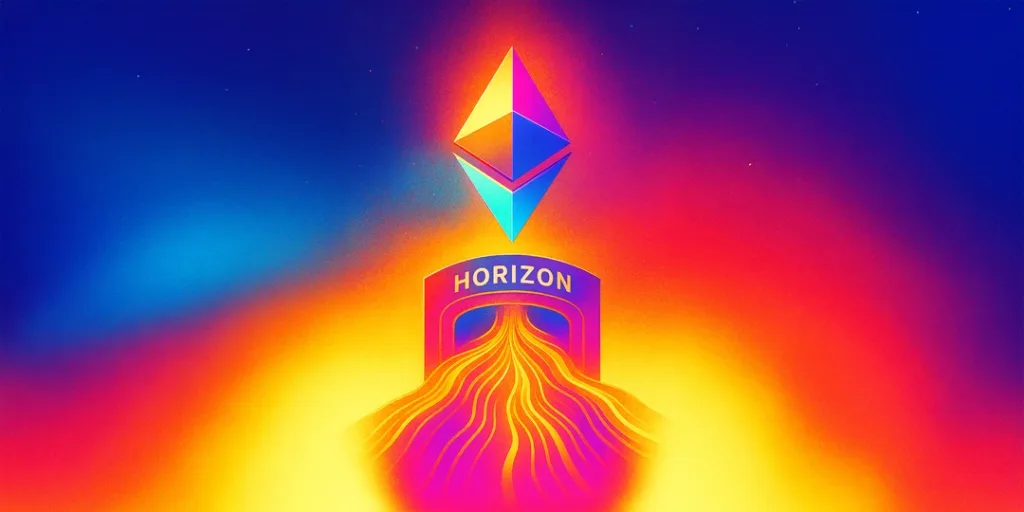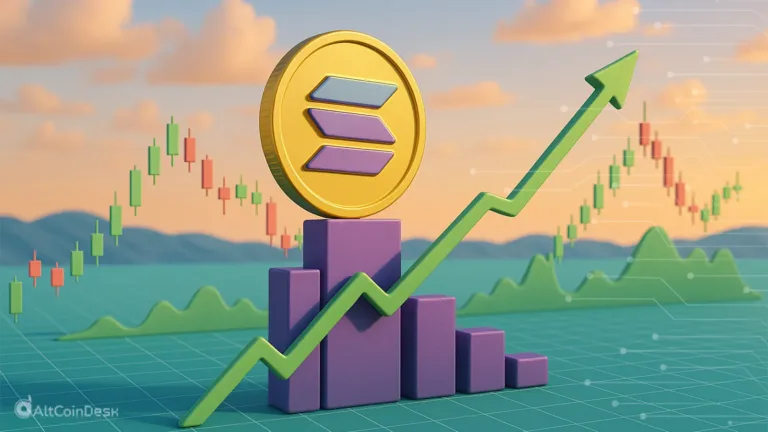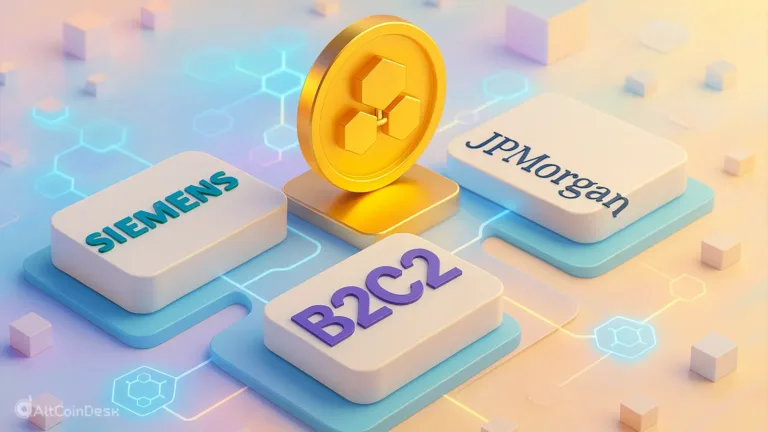Financial institutions are increasingly exploring ways to turn traditional assets like U.S. Treasuries or corporate bonds into blockchain tokens, unlocking digital cash without selling the original asset. This process not only provides liquidity but also opens the door for these assets to participate in decentralized finance ecosystems. One recent example, Aave Labs, the team behind one of crypto’s largest lending protocols, has launched Horizon. A new platform on Ethereum that allows institutions to borrow stablecoins using these tokenized real-world assets (RWAs) as collateral, as announced on X (formerly Twitter).
How Horizon is changing bank liquidity
Unlike Aave’s Capital Market Protocol (another lending tool), Horizon is designed specifically for banks to provide cash liquidity through RWAs. At the launch, Horizon will tokenize RWAs that are provided by the platform’s partners such as Superstate, Centrifuge, and Circle. Institutions will be able to borrow stablecoins like USDC, GHO, and bail money in Ripple’s RLUSD using the RWAs as collateral. The same model will be available to anybody in DeFi who is lending stablecoins into the Horizon platform and earning interest.
Ethereum is for Real-World Assets. https://t.co/8qQez8v2li
— Ethereum (@ethereum) August 27, 2025
Horizon is built on Aave Protocol v3.3, uses Chainlink to provide real-time asset valuation, and has partnered with companies like Llama Risk and Chaos Labs for risk surveillance.
Beyond Aave: Other attempts to tokenize RWAs
Horizon is one of many experiments seeking to bring RWAs to DeFi:
- MakerDAO – MakerDao has been steadily ramping its exposure to US Treasuries, bringing real-world yield into the DAI stablecoin ecosystem. Moreover, in 2023, MakerDAO’s RWA portfolio saw significant growth for its revenue.
- Centrifuge – Centrifuge has led the charge in bringing the tokenization of invoices and private credit, allowing DeFi lenders to tap into the financing needs of small businesses.
- Maple Finance and Goldfinch– Explored under-collateralized institutional loans, backed by off-chain agreements that are being managed by smart contracts.
- Ondo Finance (alongside Franklin Templeton) – Issued tokenized Treasury products (that investors can hold or utilize in on-chain strategies).
These projects help to create a new ecosystem where government bonds, credit products, and other traditional securities can circulate within blockchain systems. The total market for tokenized RWAs has soared beyond $26 billion, with analysts suggesting it can grow to the trillions if more institutions use the model.
How the token technology works
The essential process is tokenization—creating a digital token on a blockchain that signifies ownership of a real-world asset held by a trusted third party. USYC is a good example of a token, where every USYC is backed 1:1 by U.S. Treasuries, and USYC can be used within DeFi protocols.
On Horizon, those RWA tokens are desposited as collateral into non-custodial smart contracts. The smart conctracts enforce the rules of lending automatically, like loan to value (LTV) ratios, so if the collateral falls too low, it can liquidate positions automatically to safeguard lenders.
To know how to value collateral to lend or to borrow in Horizon, Horizon depends on Chainlink oracles, which feed real-time pricing data of what the RWA is worth (like the net asset value of the T-bill tokens) to the protocol, to mitigate prices artificially being manipulated, and to ensure loans are fully collateralized.
The two-part structure of Horizon’s model is important because:
- Institutional investors can borrow by supplying RWAs as collateral, but they are constrained by the permissioning of the issuer and their compliance requirements.
- Anyone can lend stablecoins to the lending pool in Horizon, and earn yield from the institutional borrower–without a special onboarding process or excessive permissioning of stablecoin holders
The main motivation of Horizon’s model is to find a balance between being open and allowing anyone to supply liquidity and ensuring institutions comply with the required onboarding and collateralization requirements.
Why RWA integration in the DeFi matters
Horizon’s launch indicates a change in the intentions of the DeFi space. The market previously revolved around crypto native assets — tokens, stablecoins, or derivatives in the ecosystem — but the demand for stable yield and regulatory clarity has moved protocols like Horizon to focus instead on integrating RWAs and tapping the immense scale of traditional finance.
If DeFi protocols like Horizon holds promise of success in their attempt to integrate RWAs, we could be looking at DeFi maturing into an alternative financial system where assets like U.S. Treasuries, corporate bonds, and yes, real estate can circulate alongside crypto tokens, giving asset managers new ways to engage with their institutions and retail players to engage with their capital. But challenges remain, including regulatory uncertainty, legal enforceability of tokenized assets, and trust concentration in issuers and oracles.
For now, Horizon illustrates how far the RWA movement has traveled. The protocols are moving beyond some modest experiments with tokens asset backed by invoices or real property all the way to an institutional testing scale, with major DeFi players such as Aave paving the way.








